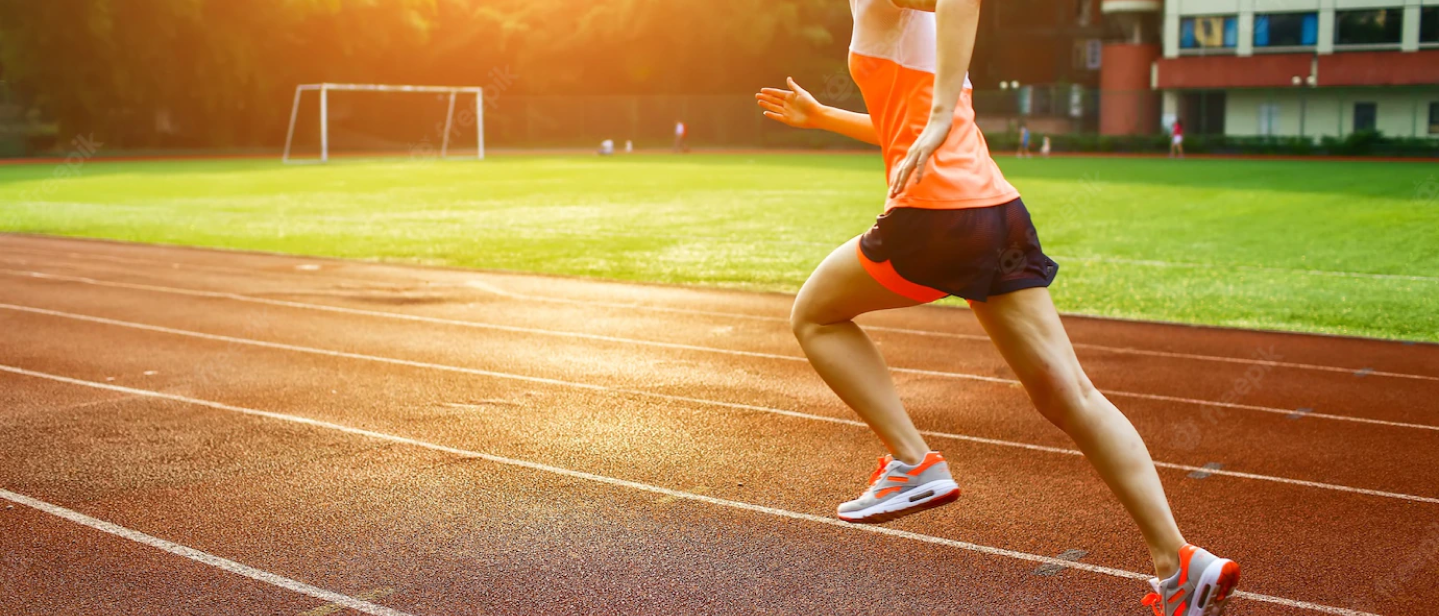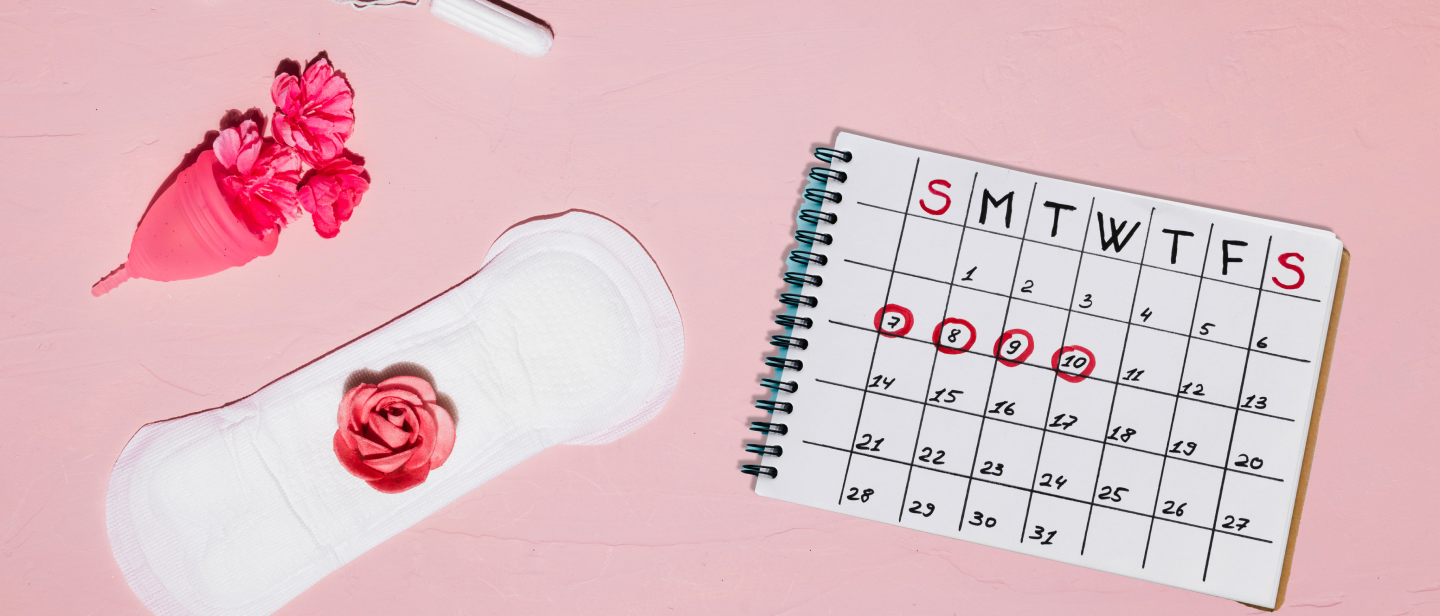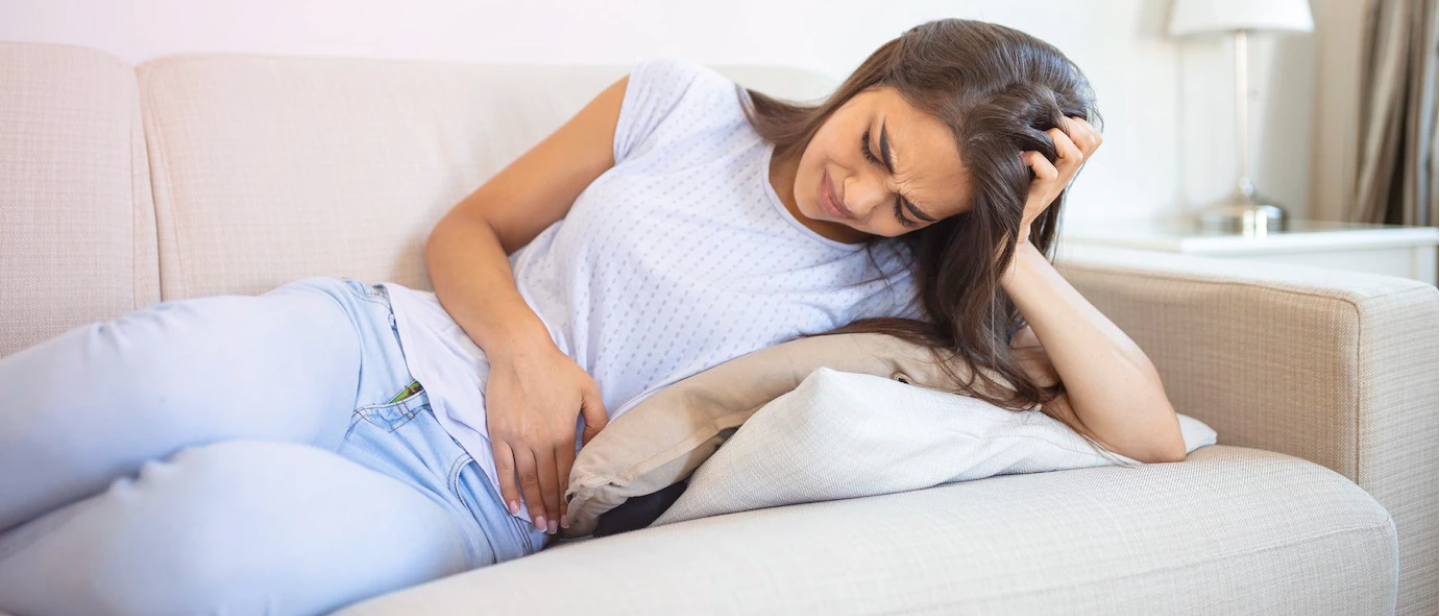Sports and menstrual cycle share a complicated relationship. While on one end, sports can help improve diet and overall wellbeing, on the other hand excessive involvement in sports or exercising can lead to lower fat and irregular periods in females.
Women athletes or ones into excessive and rigorous exercising are at the risk of developing amenorrhea. This is a condition wherein there is absence of menstrual periods in the person.
In people with amenorrhea, the exercise-related hormones and low body fat affect how sex hormones including oestrogen and progesterone work. If the condition is left unattended then it could lead to long-term complications for the person. It has direct impact on the fertility of the person, and also leads to other reproductive organ related disorders.
Most common symptoms of athletic amenorrhoea
- No periods for minimum three months
- Heavy periods 2-3 times in a year
- Irregular periods four times or less in a year
There are a range of factors that can cause athletic amenorrhoea that are related to over exercising.
- Low body fat levels - A female body needs certain percentage of body fat to experience healthy menstrual cycle.
- Exercise-related hormones – Exercising releases certain hormones such as beta endorphins and catecholamines. These hormones are believed to interfere in the normal functioning of the sex hormones that lead to menstrual cycle.
- Emotional stress – caused due to daily life works or exercising can adversely affect the functioning of the body and the periods cycle.
- Poor eating habits – that include a large amount of junk can also impact the periods cycle and overall wellbeing.
How to diagnose athletic amenorrhoea?
In a bid to ascertain athletic amenorrhoea, the doctor needs to rule out other reproductive disorders. Here, our Ovulation and Pregnancy Kits can help the person carry out certain initial tests before moving into other physical examinations and doctor prescribed tests.




